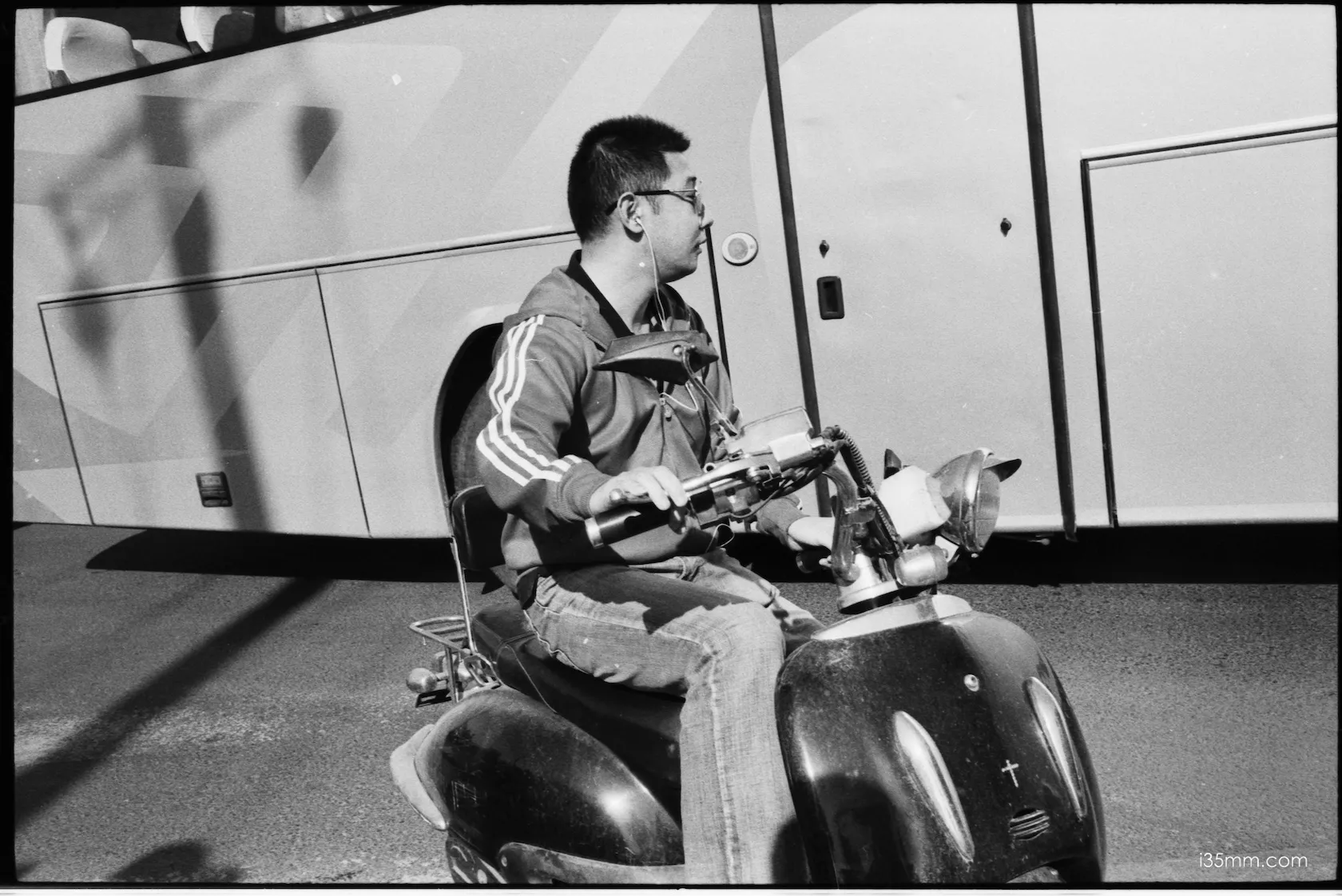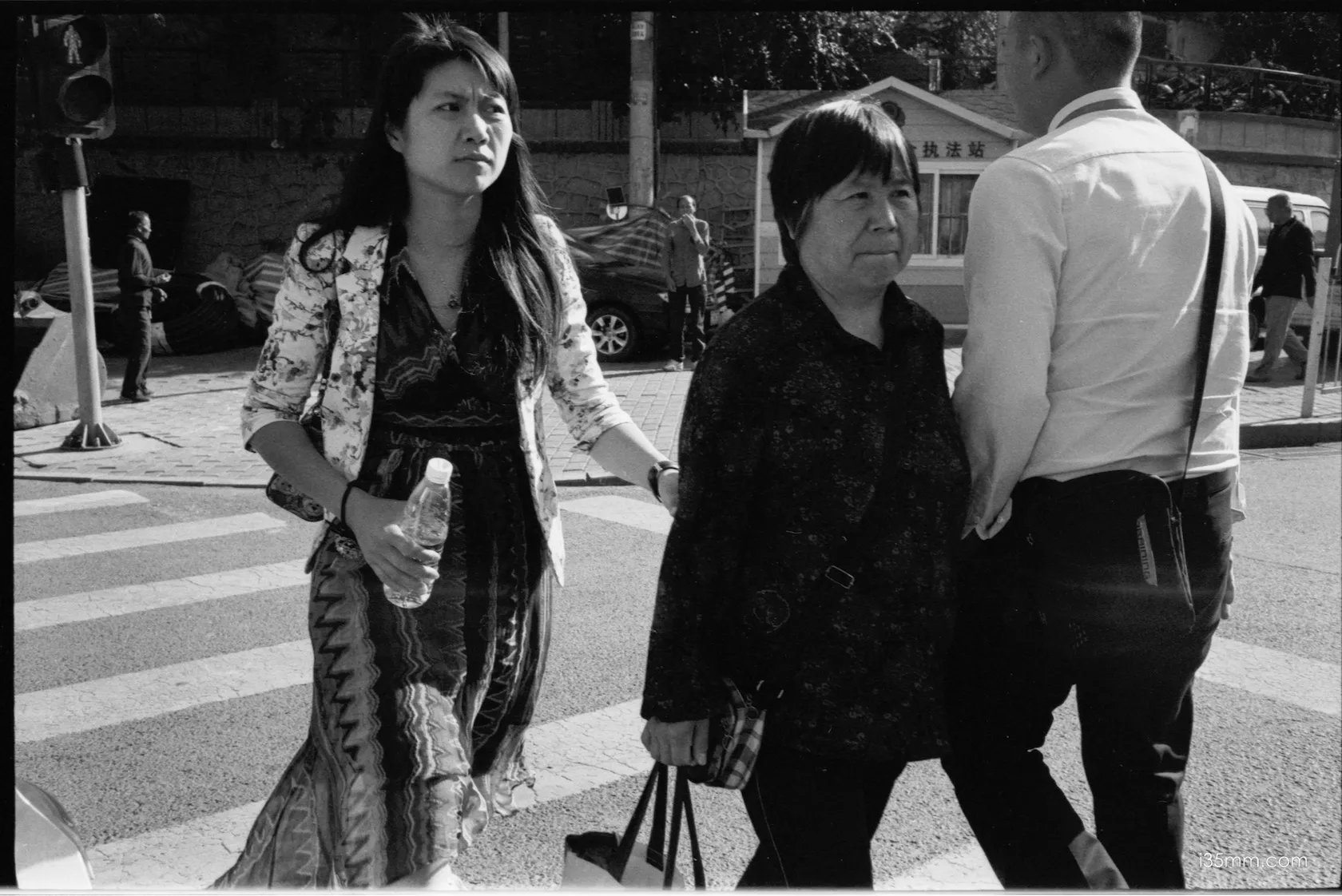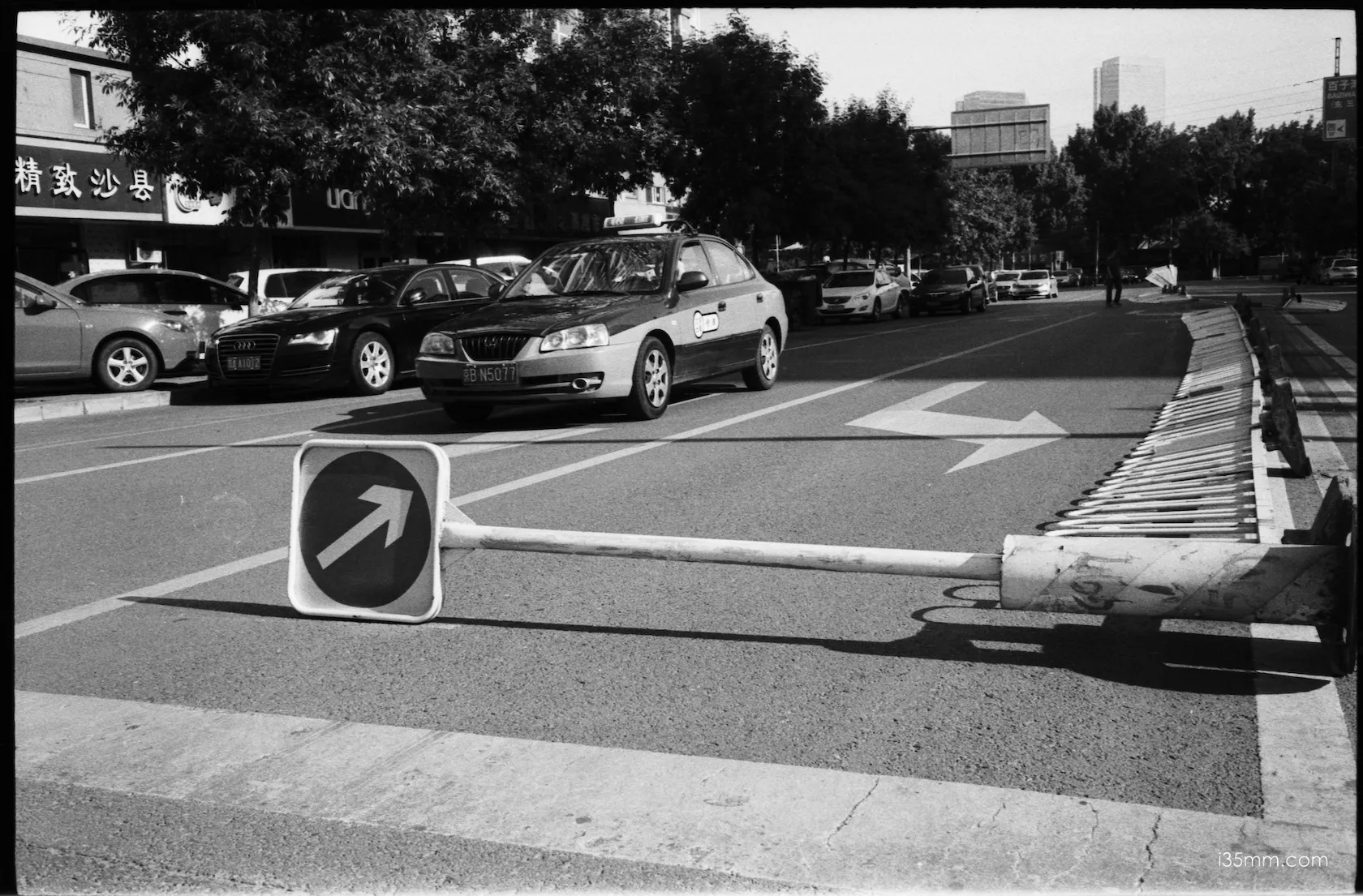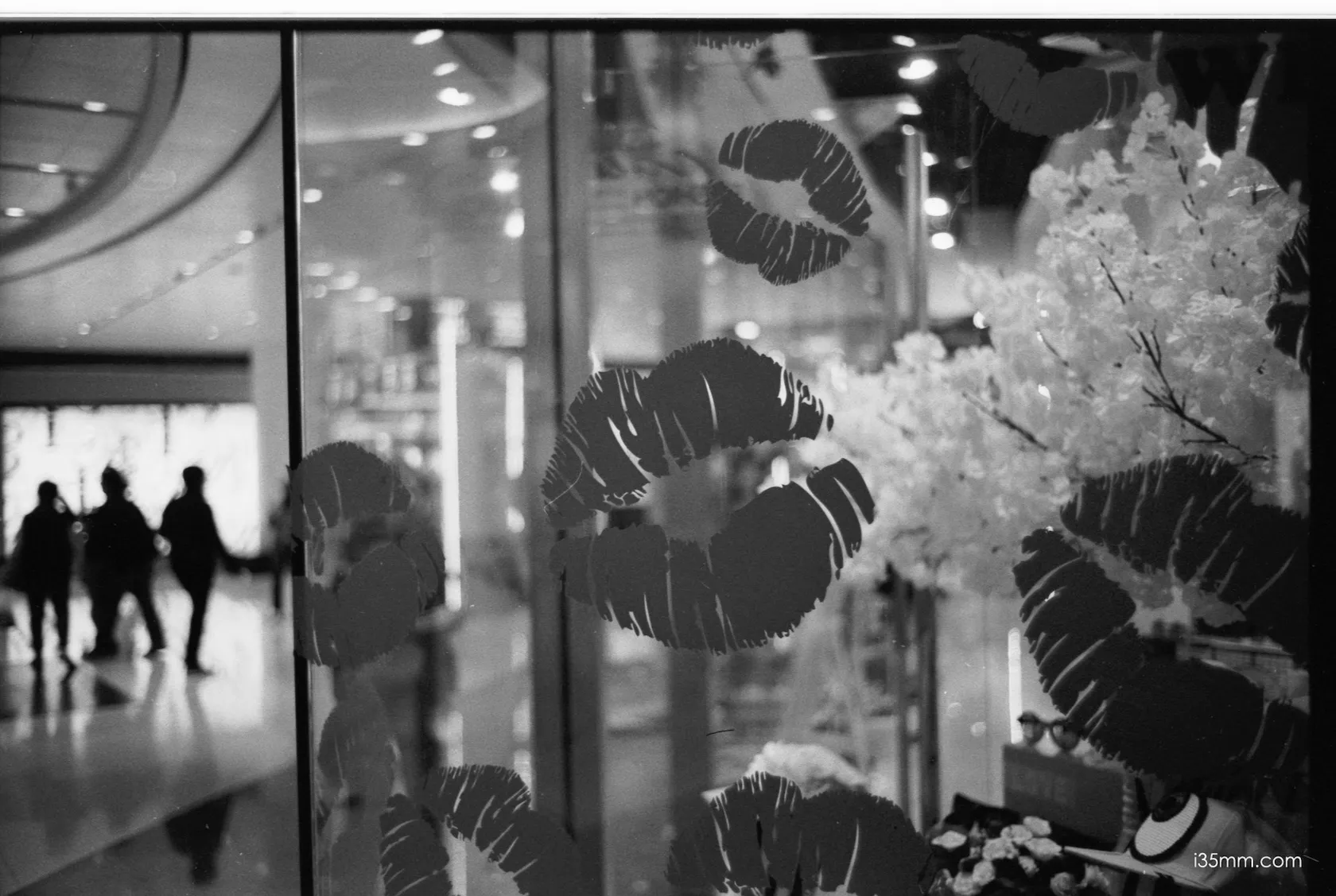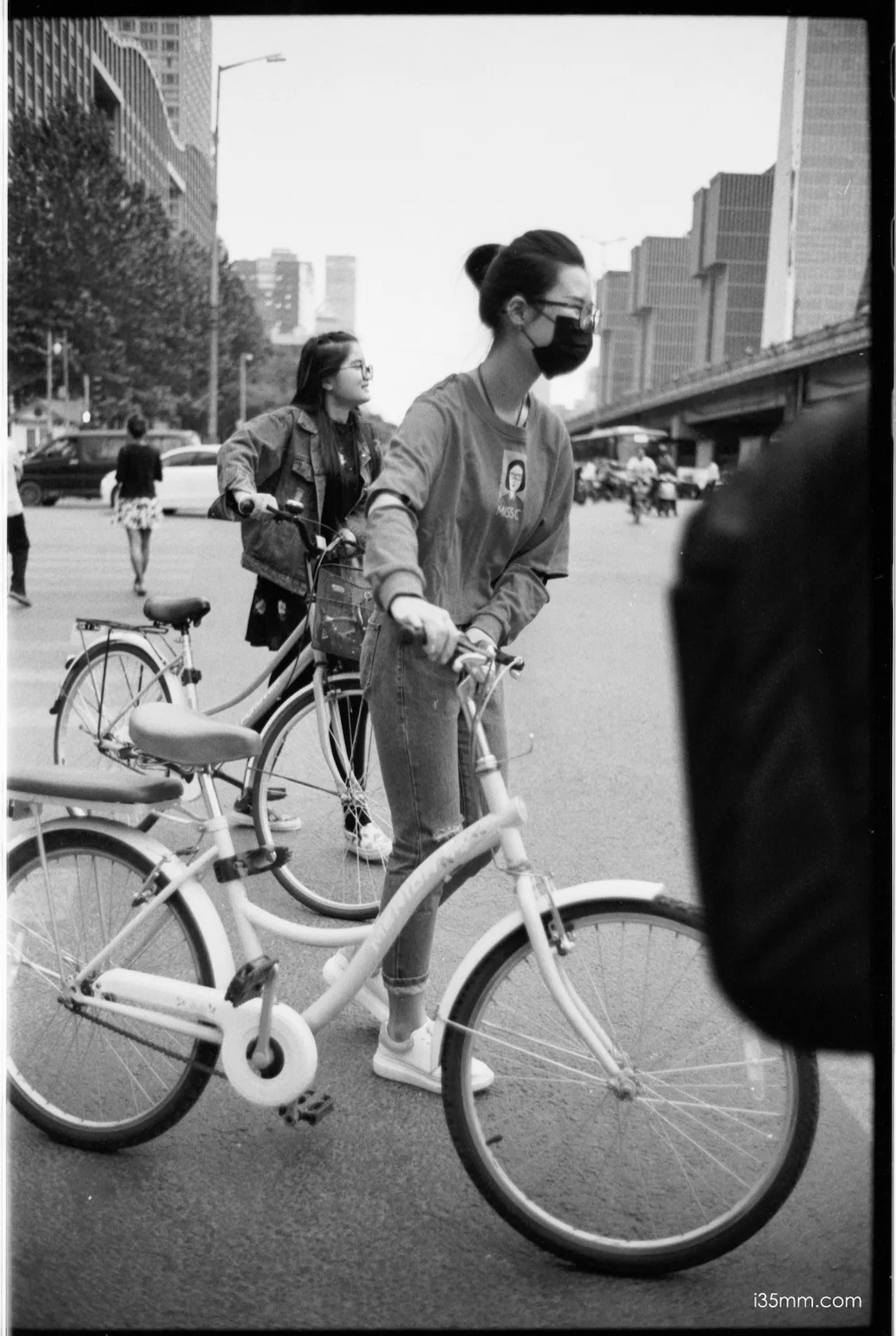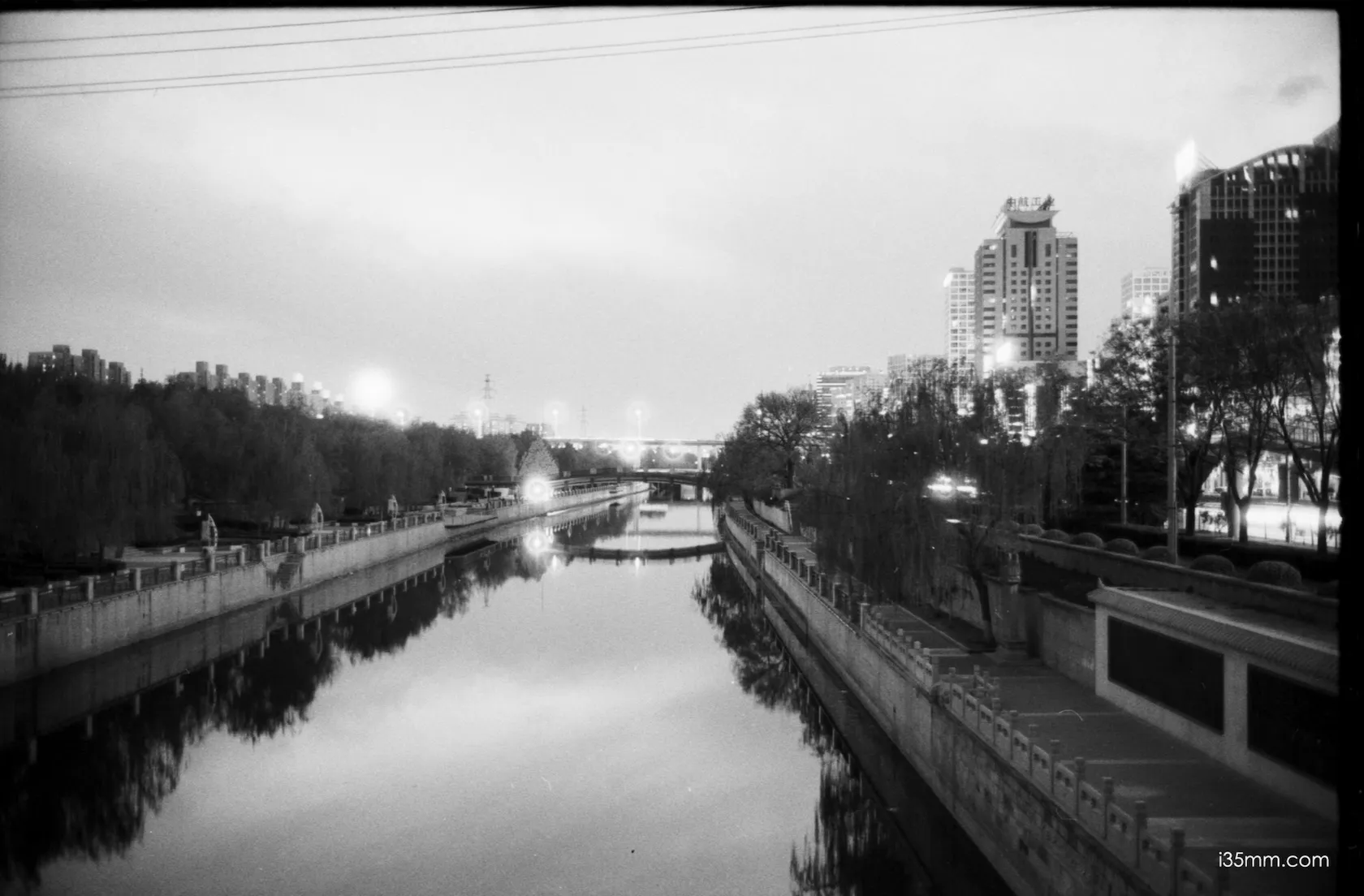Street Photography
I really like the Leica Summicron-M 35mm f/2 V4 King of Bokeh (7-element). If I had to guess, it’s probably the one I’ve used the most. It works with both digital and film cameras. With 2-meter focusing, street photography is a breeze. While many street photographers like to shoot at f/8, I prefer f/2. What’s more, the gradient blur this lens produces at f2 is very three-dimensional.
Classic Leica
This lens really shines at f/2.8, with great contrast and clarity. When you zoom out to f/5.6, the image quality is already as good as the modern Summicron 35 f/2 asph at f/5.6. Classic Leica lenses have their own unique characteristics. The maximum aperture is really beautiful, and the smaller aperture has excellent optical quality. It can take great portraits and sharp landscapes. Even today, lots of people still like this lens.
Why is it called the King of Bokeh?
The photos you take with this lens are really special. A lot of people say they have an artistic concept after reading them. When you set the aperture to f/2 in street photography, you get a gradual blur from the near focus to the distant background. The bokeh from near to far is layered. It’s similar to how we perceive things.
The most beautiful Leica lenses
This small lens looks especially good on a Leica M body. It’s a bit smaller than the modern aspherical version, and in my opinion, the Leica M2 fits perfectly. The hood of this lens is made of plastic, and the shape isn’t very appealing. I’m not too keen on it. I often use the Leica Summilux 35 1.4 pre-asph lens hood (12504) with it, and it works really well.
Production period: 1979-1996 Code: 11310(black), 11311(chrome) Serial#:2,974,251-n/a Total production: n/a Maximum aperture: 1: 2.0 Focal length(nominal): 35mm Angle:64 Minimum distance: 70cm Weight: 190 grams, later 160 gram chrome version 250 grams Filter: E39 Recorded sales figures: n/a
